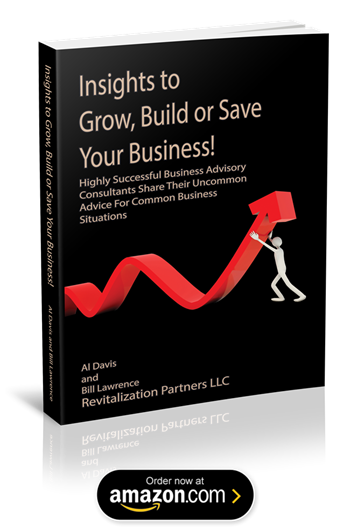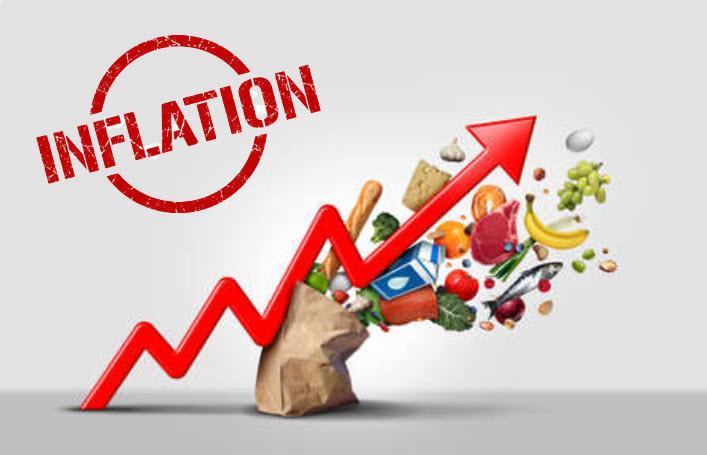 As the world seemingly gets the Covid-19 problem under control, and the outbreaks that are occurring can be mitigated, the United States, and especially small and mid-sized businesses are on the front line of managing a post-pandemic future.
As the world seemingly gets the Covid-19 problem under control, and the outbreaks that are occurring can be mitigated, the United States, and especially small and mid-sized businesses are on the front line of managing a post-pandemic future.
While many businesspeople are excited about this future, an analysis by Deloitte shows that the next phase of the economy is an increase in gross domestic product that booms beyond pre-pandemic levels.
AND NOW WHAT …
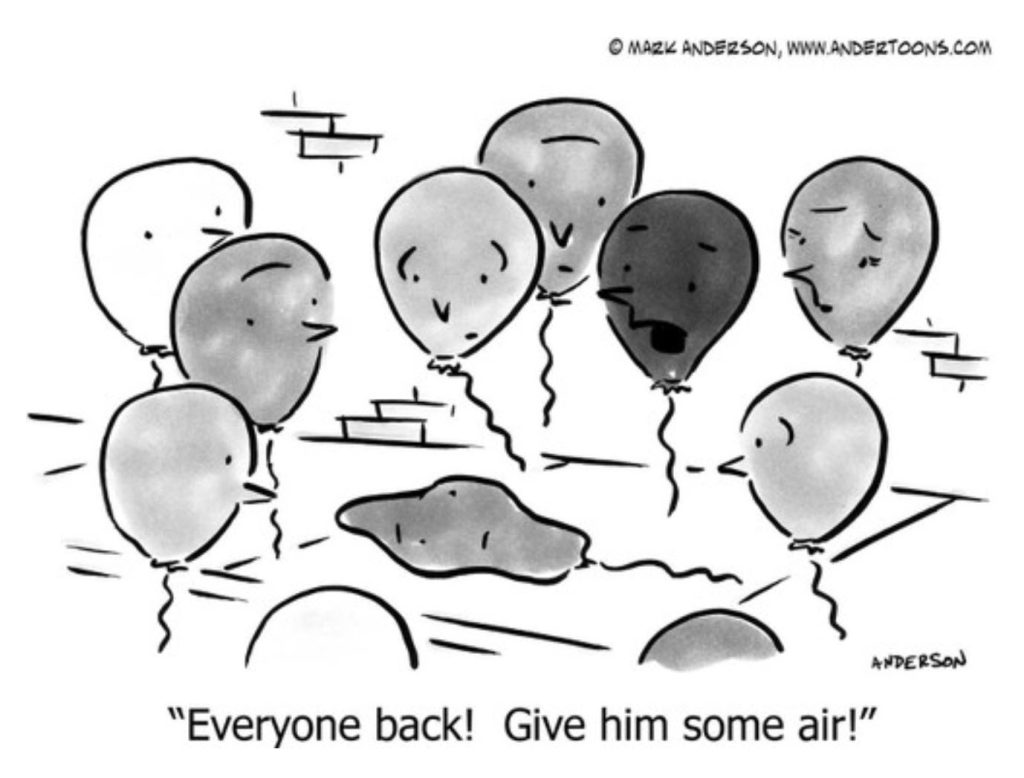 Having survived the pandemic, now small and mid-sized businesses are being hit with surging inflation. It’s limiting their purchasing power and forcing them to significantly raise prices.
Having survived the pandemic, now small and mid-sized businesses are being hit with surging inflation. It’s limiting their purchasing power and forcing them to significantly raise prices.
At the same time, they are absorbing higher costs within already thin margins.
Recently, a blog post from an economist at the US Chamber of Commerce made clear that business raising prices is not a cause of inflation.
Rather, businesses are responding to greater market forces such as supply and demand, worker shortage and monetary policy, rather than generating inflation themselves.
THE BEST DEFINITION …
Forbes Magazine has the most straightforward clear definition of inflation. It defines inflation as a rise in prices and a decline in the currency’s purchasing power over time.
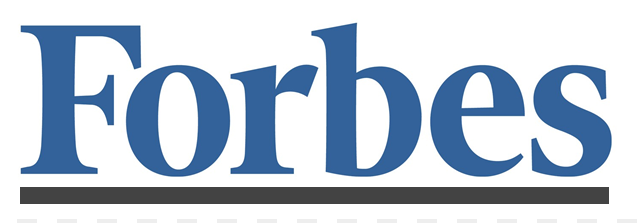 Therefore, if you feel like your dollar does not take you as far as it used to before the pandemic, you are not imagining it. The effect of inflation on small to medium-sized businesses may seem somewhat insignificant in the short term but can quickly make an impact.
Therefore, if you feel like your dollar does not take you as far as it used to before the pandemic, you are not imagining it. The effect of inflation on small to medium-sized businesses may seem somewhat insignificant in the short term but can quickly make an impact.
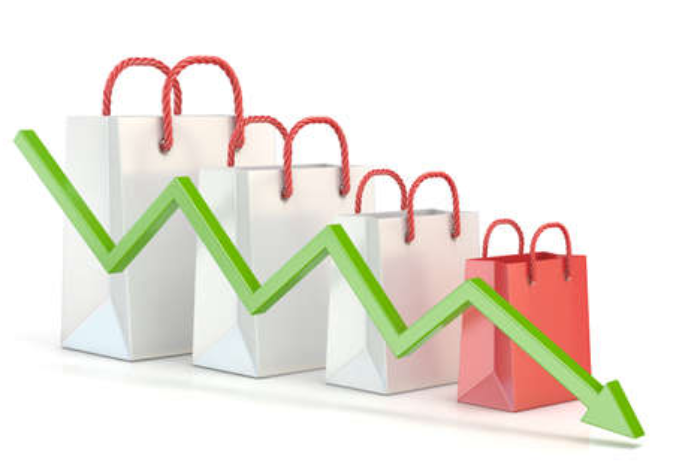 Reduced purchasing power means that businesses will sell less and at potentially lower profits. Lower profits mean decreased ability to grow or invest in the business.
Reduced purchasing power means that businesses will sell less and at potentially lower profits. Lower profits mean decreased ability to grow or invest in the business.
Since most companies with fewer than 500 employees are started with the owner’s savings, it puts them at significant financial risk as inflation rises.
THE FIRST EFFECT OF INFLATION …
The first effect of inflation is often just a different way of describing inflation. Inflation hurts the purchasing power of a currency as prices of goods and services go up. Interestingly, prices go up fast during inflation but are gradual in coming back down, if ever.
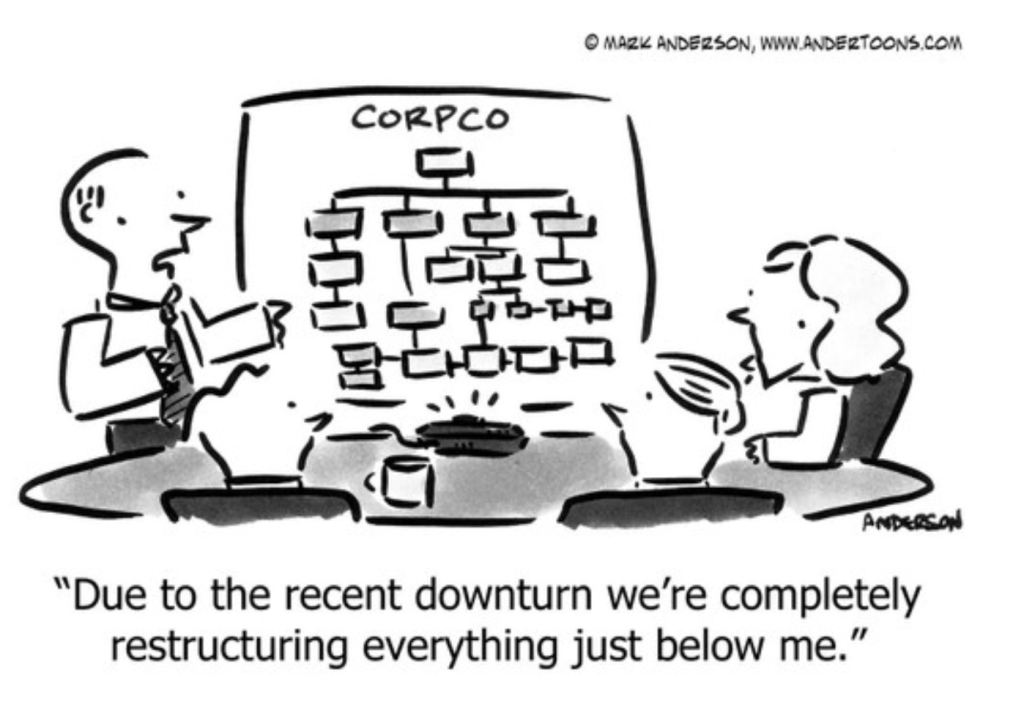 You may already feel the pressure of inflation as an entrepreneur, but its full impact is yet to be felt. Inflation is not linear; it ripples through an economy differently, at different times, and affects businesses differently. One of the most immediate impacts is a shortage of supplies that may prevent the completion of production goods.
You may already feel the pressure of inflation as an entrepreneur, but its full impact is yet to be felt. Inflation is not linear; it ripples through an economy differently, at different times, and affects businesses differently. One of the most immediate impacts is a shortage of supplies that may prevent the completion of production goods.
When manufacturers cannot get all the raw materials they need to produce finished products, the entire market hurts. While Just In Time (JIT) manufacturing was developed to address such a potential problem, the inter-connected market leaves many entrepreneurs’ funds tied up in inventory-in-process, accumulating losses and driving demand and prices higher.
 So, the economy isn’t doing so well. But optimists paint a rosy and colorful picture of the economy once the pandemic problems are dealt with. If your business is hurting financially, why not just take a small loan to insulate it in these challenging times? During inflation, the cost and availability of loans can cause major problems down the road. This may not be an issue today, but it could be a bigger issue in the future.
So, the economy isn’t doing so well. But optimists paint a rosy and colorful picture of the economy once the pandemic problems are dealt with. If your business is hurting financially, why not just take a small loan to insulate it in these challenging times? During inflation, the cost and availability of loans can cause major problems down the road. This may not be an issue today, but it could be a bigger issue in the future.
No matter what industry you do business in, your business must make the right strategic decisions in a time of inflation.
The decisions that you make to manage inflation may determine whether the business sees its next anniversary or not. Here are five steps your business can take to forestall the effects of inflation in 2022.
STREAMLINING YOUR BUSINESS …
Optimize the products your business deals in during inflationary times.
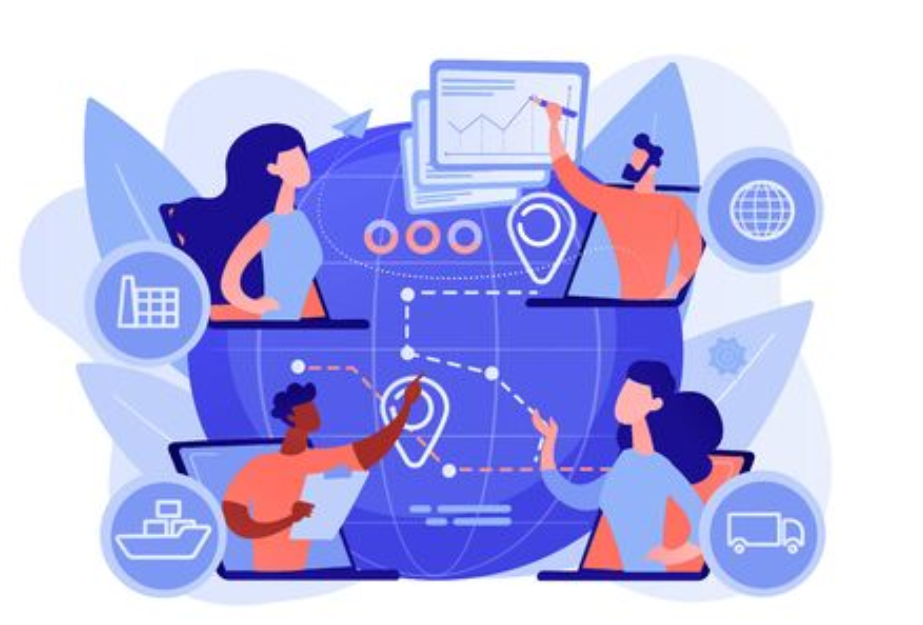 The most effective approach is to analyze product or service streams, compare performance over time, and get a good picture of the business and available options in different geographical markets, client types, and distribution channels.
The most effective approach is to analyze product or service streams, compare performance over time, and get a good picture of the business and available options in different geographical markets, client types, and distribution channels.
The whole idea behind streamlining your business during inflation is to cut costs and maintain profitability in a slowing market. To this end, a business may shift its production to focus on higher-margin products and services and protect the business’ bottom line.
Analyze potential short and long-term effects of the shift and understand how it will affect the future of the business before implementing it.
ANALYZE YOUR COMPETITION …
The prices of almost every product go up during inflation. Your business, too, will have to consider price hikes to stay in alignment with the rising costs in the market.
Even if economic inflation does not immediately impact your industry, it pays to be proactive by strengthening your product’s pricing and improving your business’ competitive market position.
Before increasing prices, analyze the competition and let their prices be one of your guiding points. You will also need to be upfront with customers about the price increases and why they are necessary.
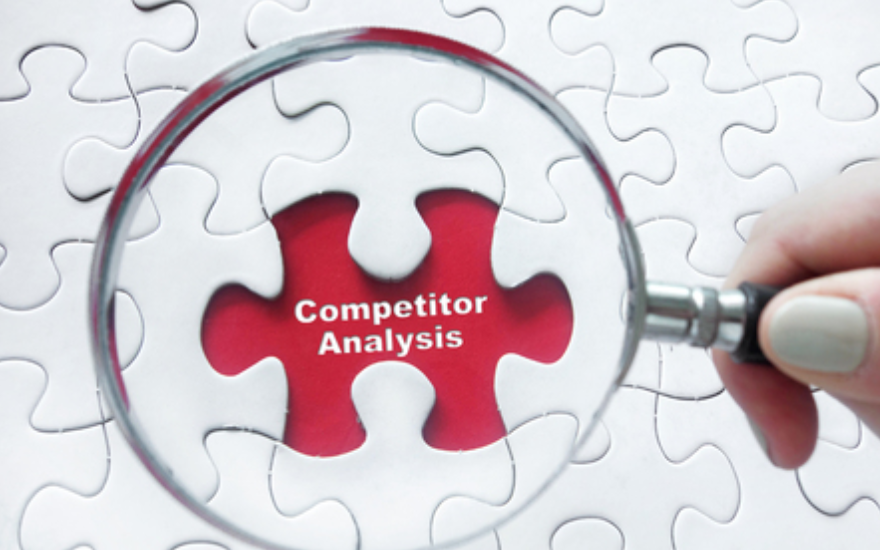 Transparency will help customers adapt to the new situation, and it helps them prepare for higher costs without compromising their loyalty to the business.
Transparency will help customers adapt to the new situation, and it helps them prepare for higher costs without compromising their loyalty to the business.
A modern business supply chain can be long and complex. Contrary to popular belief, the process by which a product moves from raw materials through manufacture to retail is riddled with risks.
One effective way to prepare your business for inflation is to protect the supply chain, especially if you deal in physical goods.
MITIGATE SUPPLY CHAIN RISKS …
There are many steps you can take to mitigate supply chain-related risks in your business in a time of inflation. Some of these steps may include:
- Setting up an alternate supply chain – not merely finding an alternate supplier
- Stockpiling critical supplies that have a low holding cost
- Putting in place an expedited supply strategy
- Reviewing stock levels at every stage of the JIT supply chain
Each business has different supply chain risks and now is the time to critically look at yours. What changes can impact the near-term and long-term health of your supply chain?
A HEALTHY INVENTORY …
When prices start going up, a healthy inventory can be a competitive advantage.
 By the same principle, it is more profitable to keep a minimum inventory when prices are going down.
By the same principle, it is more profitable to keep a minimum inventory when prices are going down.
Understanding your inventory levels and keeping them in line with market demand will help you make better decisions to maximize profitability.
It also helps to improve internal accounting control, business oversight, and inventory management processes and accuracy while you’re at it.
Proactive entrepreneurs take the time to anticipate potential scenarios of inflation.
You can use the ‘What If’ technique to consider various possible scenarios that will affect your business. For instance, you can anticipate wage increases, higher material prices, and disruptions in the supply chain.
Any time you forecast a scenario make sure to consider the amount of money your business needs to get through each scenario.
CASH IS KING …
 Cash is always king. More than ever, in inflationary times, you should not let your customers use your business as a bank.
Cash is always king. More than ever, in inflationary times, you should not let your customers use your business as a bank.
A high inflation rate will pile risks on a business, and it hurts more when its receivables become uncollectible.
During inflationary times, you need efficient systems and processes to drive greater visibility into your business, so you can act fast and stay ahead of the competition. The real question is, do you know your numbers?
Post-pandemic inflation is already with us, and businesses are taking a hit. No matter your industry, you need a solid financial and operational strategy to evaluate the risks to your business and put measures in place to minimize them.
And if you’re not sure how, do not hesitate to ask for help. Before it’s too late.
Revitalization Partners specializes in improving the operational and financial results of companies and providing hands-on expertise in virtually every circumstance, with a focus on small and mid-market organizations. Whether your requirement is Interim Management, a Business Assessment, Revitalization and Reengineering, a State Receivership or Bankruptcy Support, we focus on giving you the best resolution in the fastest time with the highest possible return.


